As the wind whips across the limestone floor of the high arctic tundra while nearby sea ice crashes together, Peter Amarualik sits on a stone bench and looks at the statue carved by his father, Simeonie Amagoalik.
The monument, unveiled in 2010 in Resolute Bay honours those it calls “High Arctic Exiles” and depicts a solitary man looking out on the ocean.
A similar monument also resides in Grise Fiord, the most northern community in Canada.
It stands a few meters away from where Amraualik’s family and others were dropped off by a ship in the summer of 1953.
About 92 Inuit from the northern Quebec community of Inukjuak were forcibly relocated by the federal government to what became known as the two most northern communities in Canada – Resolute Bay and Grise Fiord.
“My parents were originally from Nunavik in sub-Arctic Quebec. In ‘53 they were moved up here but I was born up here,” said Peter Amarualik who was the child of one of the families who relocated from the south.
“My father was asked to make this carving … it is facing straight down Nunavik, northern Quebec where they came from.”
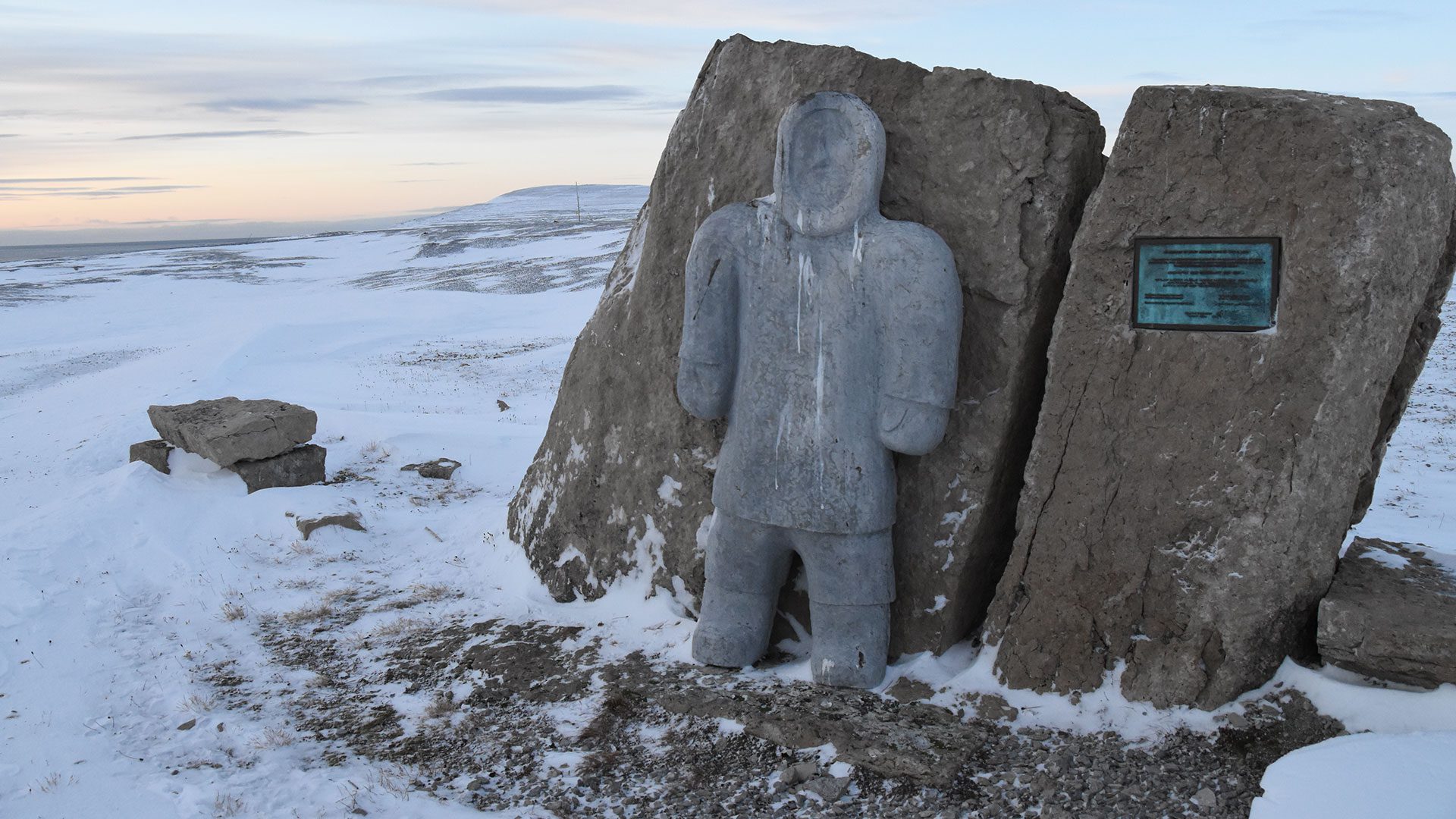
When asked what it represents he told APTN News that it is a testament to the lives of those who moved up to a forbidding landscape and needed to learn to live on the land.
“It means we are here … we came here,” said Amarualik. “It was an experimental program and the experiment bloomed.”
Larry Audlaluk was three years old when his family was relocated to Grise Fiord.
“It was all about the sovereignty issue, Canadianizing this part of the Arctic, versus the military, scientific community, weather stations against the American Cold War,” he tells APTN News. “It turned out to be part of a Cold War during the 60s with the Americans and Russians.”
During the time of the relocation, United States and Soviet Union were scaling up their activities around the Arctic Circle – threatening to erode Canada’s claims to the high Arctic. The federal government acted by creating communities.
Audlaluk says they were promised they would be able to return home to Inukjuak.
“My mother was the witness right there when I was growing up, she said, ‘I was right there when your father was being told, should we at any time are not happy and dissatisfied that we can tell the government to take us back.’”
Then in 1988, after lobbying from several Inuit groups, Canada sponsored a return to northern Quebec. Around 40 people chose to return. Many younger Inuit chose to stay.
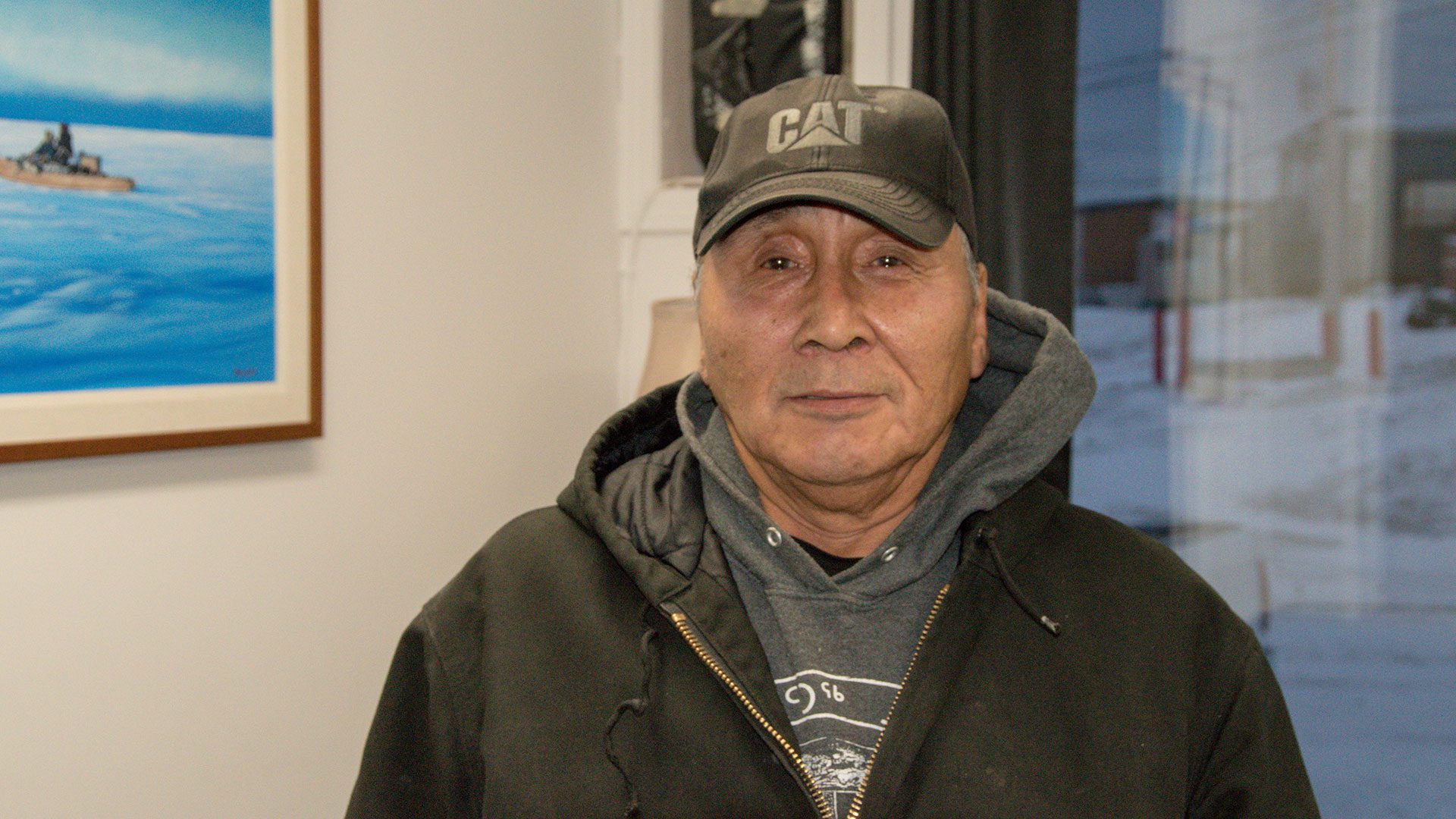
Joadamee Amagoalik was born a few years after his family was relocated. He says there’s a generational division between those born before and after relocation.
“I went out with these northern Quebec Elders and I went up to my Uncle Simeonie (Amagoalik) and I asked ‘Which would you prefer, caribou or Arctic char.’ To my surprise, he said ‘Arctic char,’” says Amagoalik. “I want more Arctic char than I want caribou. Turns out, in northern Quebec if you look from way high, there are a lot of little lakes. Northern Quebec Inuit they survived on Arctic char quite a bit.”
The 1996 Royal Commission on Aboriginal Peoples created a report on the high Arctic relocation. From the report, written in 1994, Amarualik’s father spoke about having to “live off the garbage of the white man” in reference to people needing to scavenge for food in the RCMP dump.
Amagoalik told the Royal Commission about the commonly held view of Canadian authorities at the time.
“In those days, we did not have councils or municipalities and it was thought in those days that the white man was all-powerful, next to God, actually, and you don’t argue with him if he insists on something,” he said.
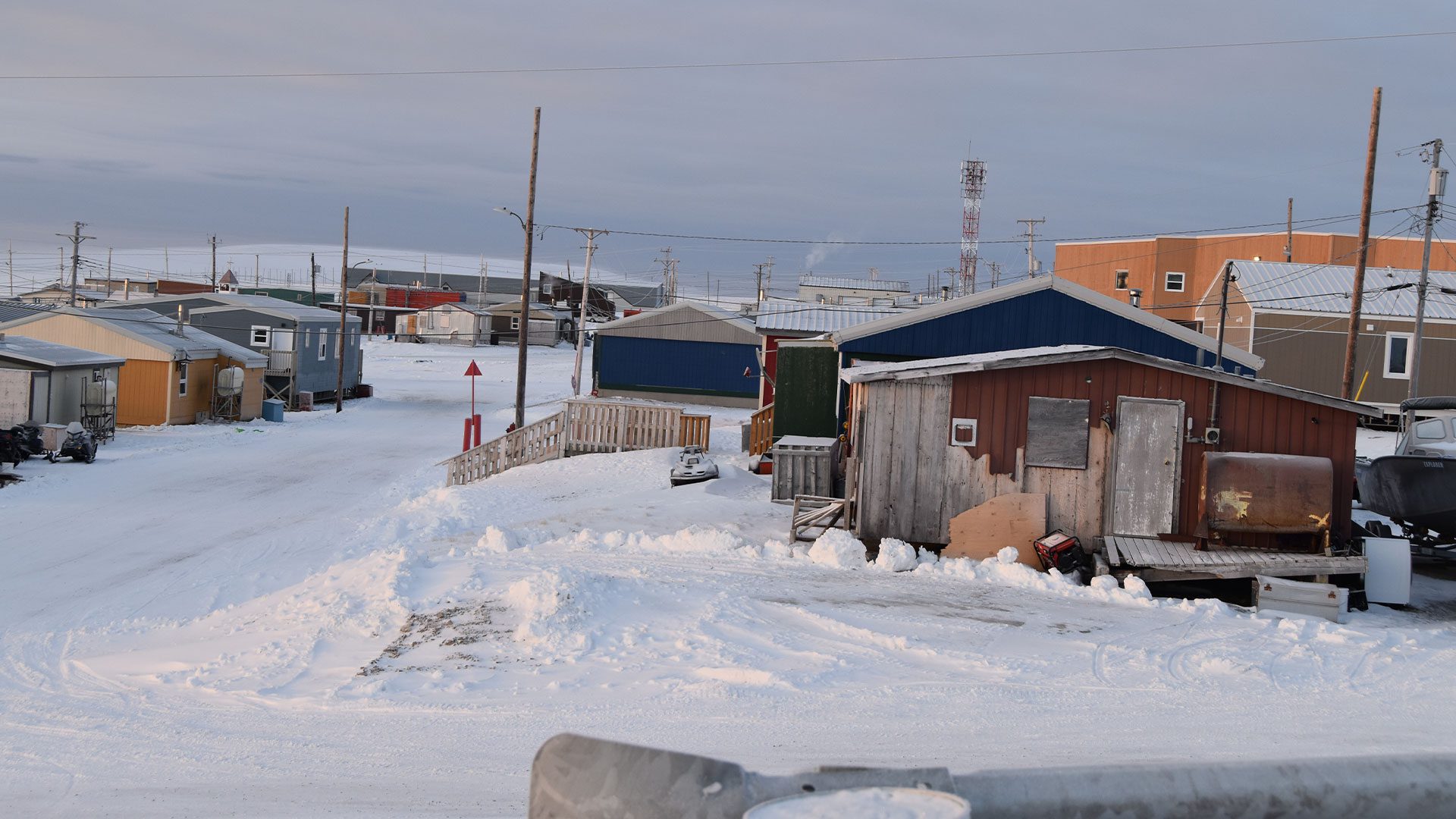
Surviving the new environment wasn’t easy. Inuit from Quebec had to adapt to a new climate where the sun goes away for months in the winter. Despite promises of lodging, there were no buildings when they were moved and several slept in tents for years.
Audlaluk wrote about the experiences of the Arctic exiles in his book, What I Remember, What I Know: The Life Of A High Arctic Exile..
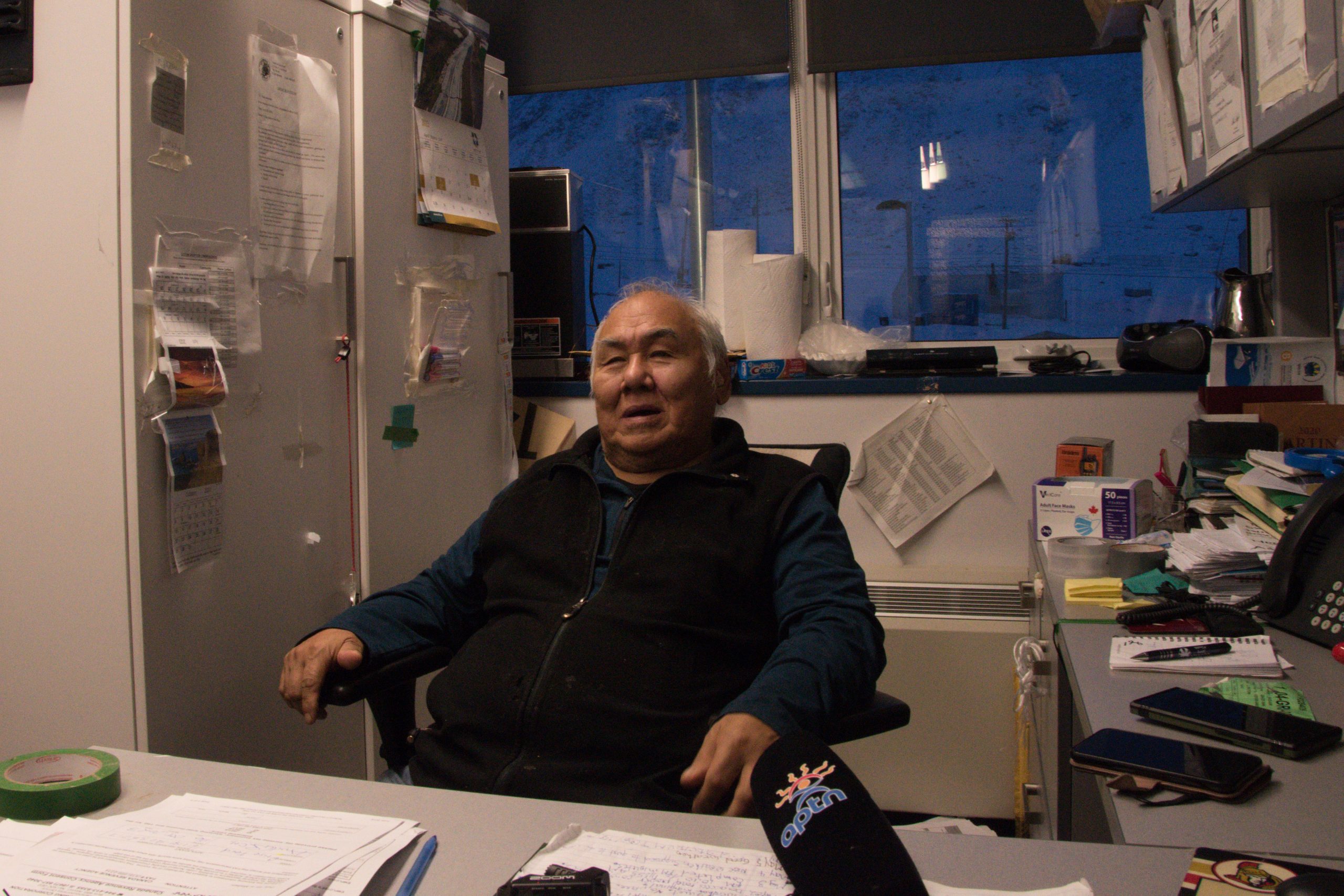
He says there was little effort by the federal government to record or even communicate with Inuit who were relocated.
“Nothing could be found and the government claimed they never made any promises but there was a lot of verbal talk,” he says. “The government civil servants, the RCMP in this case, argued they didn’t do things to hurt us on purpose. But the communication from Inuktitut to English was non-existent, if any very little.”
In 2010, the federal government formally apologized to Inuit for the relocations.
“On behalf of the Government of Canada and all Canadians, we would like to offer a full and sincere apology to Inuit for the relocation of families from Inukjuak and Pond Inlet to Grise Fiord and Resolute Bay during the 1950s,” said John Duncan, the minister of the department called Indian Affairs and Northern Development at the time.
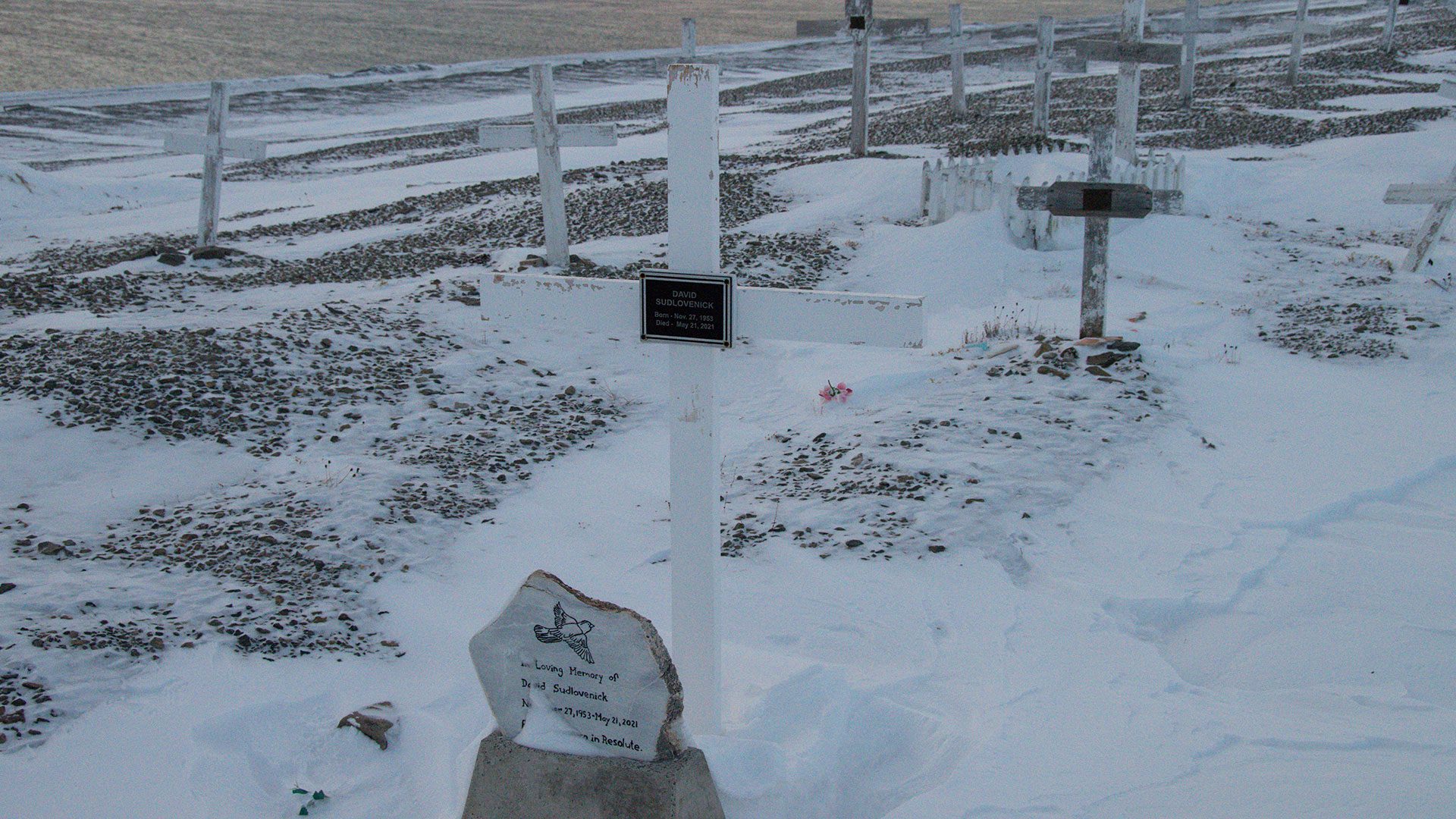
Despite these experiences, Audlaluk calls Grise Fiord home.
“Yeah, this is where I grew up. This is the home where I know and have a lifetime of friends here,” he says.
For many, northern Quebec is something that their parents talked about. Most have never been there.
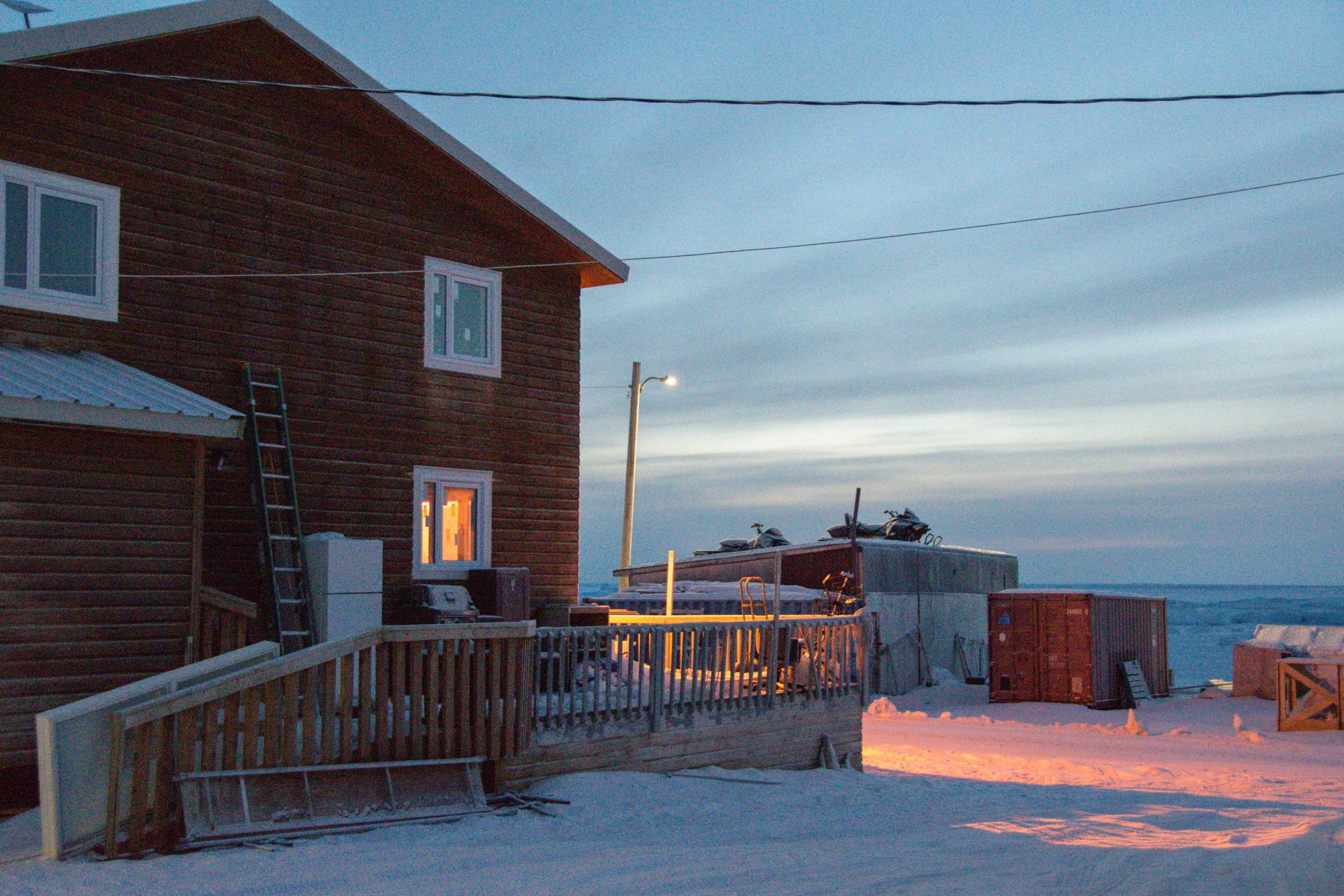
“I wasn’t really affected by it other than the fact the stories that my mum and all the Elders used to talk about in northern Quebec,” says Amagoalik. “I’ve never been there, this is the life I grew up in so it just became like home.
“Even though a lot of people would say it’s really cold, but when you grow into an environment, we adapt to it and basically that’s how we survived.”
Amarualik said he’s not going anywhere now.
“I am not willing to go down … too much opportunities up here,” he said about living in Resolute Bay today.
Read More:
Polar bears in Nunavut are fatter because of thinning ice, but that won’t help for long
Trip south for medical treatment takes young Inuk mother away from Grise Fiord for a month










